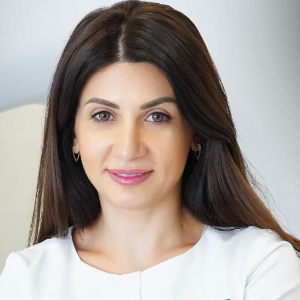Title : Towards quantitative perfusion MRI of the lung in COPD: The problem of short-term repeatability
Abstract:
Purpose: 4D perfusion magnetic resonance imaging (MRI) with intravenous injection of contrast agent allows for a radiation-free assessment of regional lung function. It is therefore a valu- able method to monitor response to treatment in patients with chronic obstructive pulmonary disease (COPD). This study was designed to evaluate its potential for monitoring short-term response to hyperoxia in COPD patients.
Materials and Methods: 19 prospectively enrolled COPD patients (median age 66y) underwent paired dynamic con- trast-enhanced 4D perfusion MRI within 35min, first breathing 100% oxygen (injection 1, O2) and then room air (injection 2, RA), which was repeated on two consecutive days (day 1 and 2). Post-processing software was employed to calculate mean transit time (MTT), pul- monary blood volume (PBV) and pulmonary blood flow (PBF), based on the indicator dilu- tion theory, for the automatically segmented whole lung and 12 regions of equal volume.
Results: Comparing O2 with RA conditions, PBF and PBV were found to be significantly lower at O2, consistently on both days (p<10–8). Comparing day 2 to day 1, MTT was shorter by 0.59
±0.63 s (p<10–8), PBF was higher by 22±80 ml/min/100ml (p<3?10–4), and PBV tended to be lower by 0.2±7.2 ml/100ml (p = 0.159) at both, RA and O2, conditions.
Conclusion: The second injection (RA) yielded higher PBF and PBV, which apparently contradicts the established hypothesis that hyperoxia increases lung perfusion. Quantification of 4D perfu- sion MRI by current software approaches may thus be limited by residual circulating contrast agent in the short-term and even the next day.



